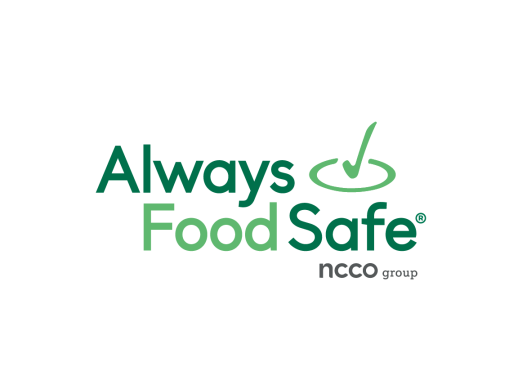Many different foods can cause an allergic reaction, but 9 foods in particular are responsible for 90% of allergenic reactions and are classified by law as “major food allergens.”
It is important to be aware of what these 9 food allergens are and what dishes they appear in to avoid your customers suffering from a severe allergic reaction. We will be going over these 9 food allergens and where they appear and could be hidden, as well as the symptoms of an allergic reaction.

 English
English
 Spanish
Spanish
